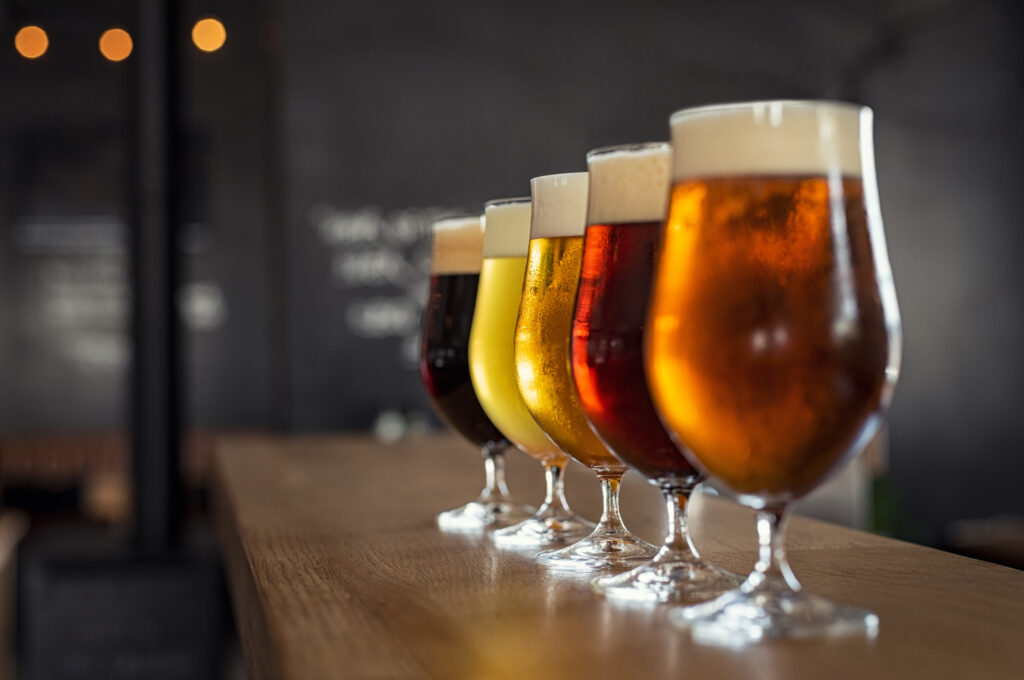




How people perceive flavors is big business in the Food and Beverage industry, used to predict upcoming beverage trends and what will resonate with tomorrow’s newest hipster bar. Like most elements in life, this human sensory experience is being increasingly tracked and monitored and, more importantly, replicated by AI. Across cultures and genders, taste buds are very different. A Yale University research study showed that women have more taste buds on their tongues compared to men. 35% of women (compared to 15% of men) can identify flavors such as bitter, sweet, sour and others – more strongly than others.
In 2019, IBM launched Hypertaste, “an electronic, AI-assisted tongue that draws inspiration from the way humans taste things”, according to the company’s website. The e-tongue is designed for purposes where humans may not want to actually sample the suspected item, such as water quality, identifying counterfeit wines or spirits, or on a manufacturing level with raw materials.
While spirit consumption is on the rise, beer will forever remain All-American. Also in 2019, approximately 2.75 million 2.25 gallon cases of beer were consumed. It only makes sense that AI reaches the beer industry.
IntelligentX in London launched 4 beers, each with a new concept to experience a unique taste with their customers. The four flavors were amber, black, golden, and pale. After tasting the brews, customers were asked to share their feedback via Facebook Messenger bot. It helped gathered feedback from a variety of clients for sharing it with the brewer. Here’s what Hew Leith, co-founder of IntelligentX, had to say:
”The AI is about all the customers in the same room as the brewer. It would be challenging and time-consuming for a human to collect this much data, but the AI can gather and interpret with ease.”
Artificial Intelligence interprets data from the bot and asks further questions related to the flavor and experience after tasting a given brewski.
IntelligentX’s system is based on reinforcement learning which enables AI to predict how to determine more specific and detailed future outcomes. Taster feedback identifies popular taste trends among customers to improve the brewing process.
Here’s the run-down of the process:
Do I think all food and beverage companies will adopt this model? Absolutely not. As a foodie, I love the element of surprise, unique flavors and craftsmanship that a chef or mixologist can only produce. Will it help to drive mainstream revenue based on mass-market tastes? Yes.